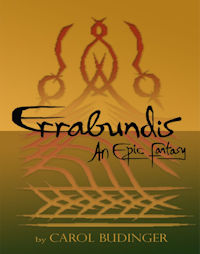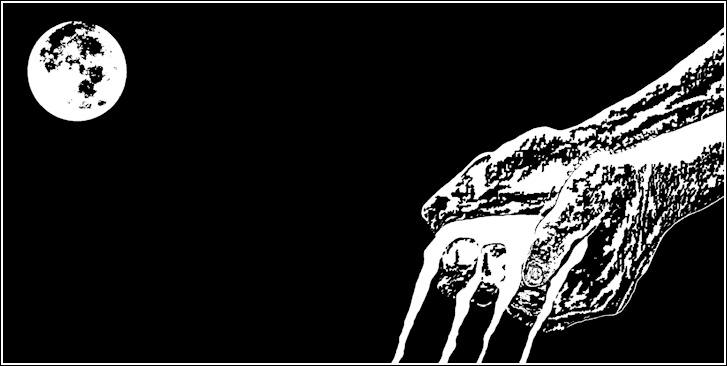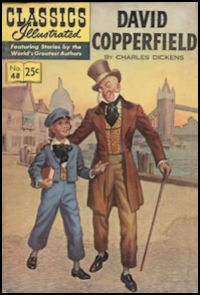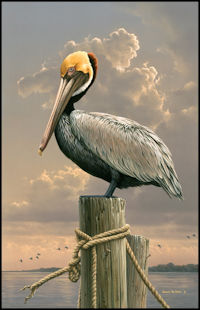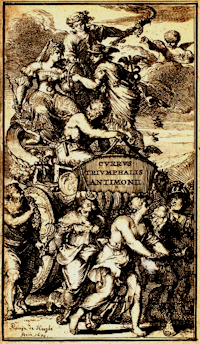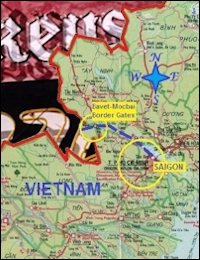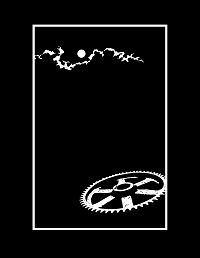
WARNING: This post contains toxic material not suitable for parents of young children or others who may wish to remain optimistic about the future.
In the last chapter of his marvelous and frightening book “Our Own Worst Enemy: The Assault from within on Modern Democracy”, Tom Nichols observes:
But if we have learned anything in the opening decades of the twenty-first century, it is that people will think hard – or they will convince themselves that they have tried to do so – and still come up with incomprehensible and reckless anti-democratic conclusions … if the citizens of modern democracies were the kind of people willing to engage in the kind of honest reflection that leads to a commitment to political maturity, we wouldn’t be in the mess we’re in now.
My reading of Professor Nichols’s book suggests to me that he holds out hope that Americans and citizens in other democracies can still decide not to destroy themselves…that we can think our way off the road to ruin. I’m less optimistic.
The primary reason for my pessimism is that I think human consciousness, like the biological machine that carries it, continues to evolve. And that an ever-increasing number of human beings are now possessed of a form of consciousness that manifests itself in selfish and fundamentally sadistic behavior. In what follows I’ll refer to such folks as “self-indulgent sadists”.
I hypothesize that way back in time the fundamental human experience of itself was as a group, but since long before recorded history the trend in the evolution of human consciousness has been toward increased self-awareness, with the result that now LOTS of human beings experience themselves as entirely individual. These are the folks I think of as self-indulgent sadists because it is inevitable that someone who experiences everything only through the lens of their own feelings and ideas must live in a state of constant, crazy-making frustration. They can’t have everything they want. They are constantly confronted with ideas they don’t agree with. And a great many of their own ideas form around the day in, day out frustration of their desires.
People who are constantly frustrated, and self-indulgent sadists almost always are, seem to live in a state of perpetual anger. Since their exclusively individual experience is the only experience they know, they are unable to imagine that others’ self-experience is different. Consequently, they are certain that whether others admit it or not, everyone else is also deeply, perpetually frustrated and consumed with resentment. This assumption…this projection on others that they are all also perpetually frustrated and consumed with resentment…makes anyone who challenges them in any way “a lying, weaselly jerk who thinks he’s smarter than me, conspiring with other lying, weaselly jerks who think they are smarter than me, to try to keep me from having what I want. What I should have!”
Continue reading →



